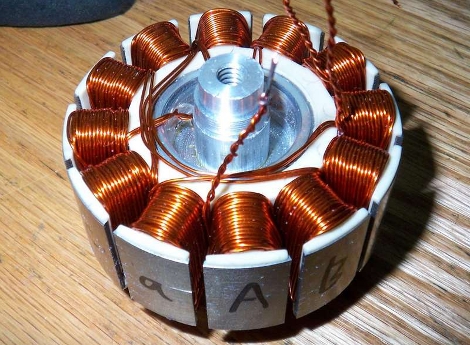[youtube=http://www.youtube.com/watch?v=UZB2K1wlaZo]
[thetanktheory] sent us his glove mouse modification. He has gutted his mouse and mounted the parts on a glove. This is interesting, as he doesn’t have to place his hand on the mouse any more, he just plops it down on any surface and starts mousing. He claims that it is helping his twitch reactions in gaming as somehow it requires less force, but we still see the circuit and batteries mounted on the back of his hand, so we’re not sure how it is helping. Maybe if he moved the laser to his finger tips, he’d be more accurate.















